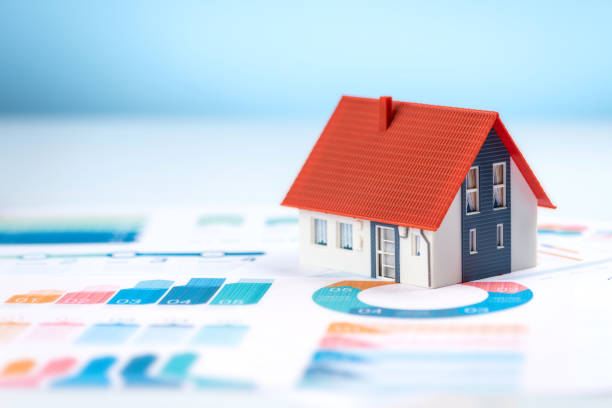In the real estate industry, trends often act as guiding lights for investors, homeowners, and industry professionals. Frequently, such trends are revealed in the direction of price changes. A good example is the recent report by the National Association of Realtors (NAR) revealing that the average home price in Canada has increased by 6% year-over-year in July 2023 to $668,754. This depicts a slowdown from the 10% year-over-year growth in June 2023.
Undoubtedly, this is a crucial trend to keep an eye on in the real estate industry. As such, investors need to stay in the loop with these trends to help them make more informed decisions.
The Financial Market & Real-Estate Related Futures
Insights from financial markets are helpful trends for real estate investors to seize market opportunities like investing in futures or options. Futures refer to derivative contracts between two parties to buy or sell a commodity or asset at a fixed price and future date.
Crucially, S&P 500 futures contracts give room for liquidity while offering investors the opportunity to diversify their real estate portfolio against volatility. However, to trade futures, investors need to understand the market dynamics such as supply and demand, interest rates, and market indicators.
Publicly traded real estate companies like Real Estate Investment Trusts (REITs) can use market indicators such as the ES futures chart to track the stock market’s performance. The ES future chart represents a window that reveals the E-mini S&P 500 futures performance, reflecting broader stock market sentiment. This means that investors have to also keep an eye on the ES future chart for price speculations indicating whether the price of the S&P 500 will rise or drop. Whatever the ES future chart dictates merges seamlessly into real estate analysis while enriching investors’ grasp of the market dynamics.
Eco-Friendly Homes & Smart Home Technologies
Homeowners are constantly seeking eco-friendly living spaces, making sustainability a center stage in real estate. According to a report by the National Association of Realtors, homes with energy-efficient features sell at higher prices compared to conventional housing estates.
Features like solar panels, energy-efficient appliances, and green building materials are no longer mere luxuries – they’re now considered necessities. Aside from reducing the carbon footprint, these sustainable features can significantly improve property values in the market share.
Alongside eco-friendly homes comes the integration of technology into real estate. This has led to the concept of smart home technologies continually changing the way we live. From integrating updates on self-regulated thermostats to security systems that can be controlled remotely. According to Statista, the global smart home market will continue to grow at a projected market volume of over $222.9 billion by 2027. This trend does not only focus on convenience. Creating secure and seamless living spaces is among its focus.
Suburban Revolution and Real Estate
Suburban living is experiencing an unavoidable revamp driven by factors like remote work opportunities and the desire for larger living spaces.
As more professionals prioritize a work-life balance, they tend to inhabit suburban areas as they offer tranquillity without completely disconnecting from urban amenities. Such a trend is noticeable in property values in suburban neighbourhoods as they keep rising. Predictably, this shift will continue as companies in urban areas keep adopting more flexible remote work policies.
For all investors, successful navigation of the real estate market requires knowledge, intuition, and a keen eye for trends within and beyond real estate. By recognizing the relationship between technological innovation, market dynamics and financial indicators, investors can confidently explore and utilize the opportunities in the real estate industry.
Published by HOLR Magazine.



